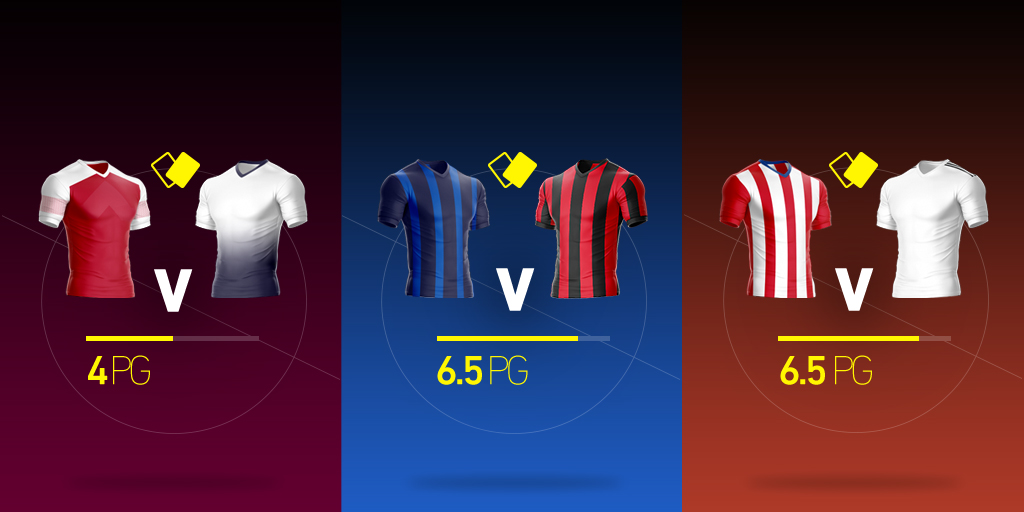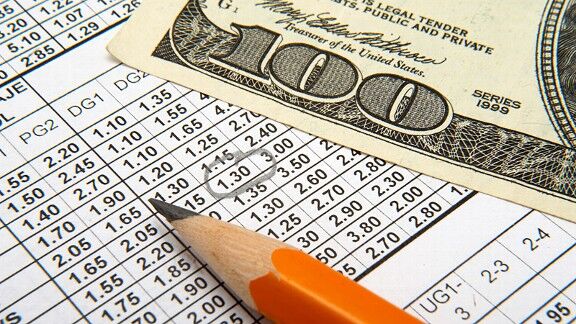Betting With An Edge
On This Page

An edge is the reason that you make money from sports betting. A simple example of an edge that is well documented and used by many is matched betting and arbitrage. Matched betting involves using. All reviewers Verified purchase only. All stars 5 star only 4 star only 3 star only 2 star only 1 star only All positive All critical. Text, image, video Image and video reviews only.

Introduction

The calculator will calculate the house edge for an event that has just two possible outcomes, known as a '.' Whether it be a spread against the spread, money line, or total, if there are only two possible outcomes, then you can use this calculator. Just put in the line on each outcome, click 'calculate,' and the calculator will tell you the house edge, assuming both sides have the same house edge.
The calculator defaults to American odds (for example -110, +120). The alternative is European odds, which are expressed on a 'for one' basis (for example 1.9091, 2.2000).

Betting With An Edge Mike Maloney
The following table shows the combined house edge on the pass or come bet, backed up by taking full odds according to the maximum odds allowed. 'Full double odds' is 2X odds on all points except the 6 and 8, in which case it is 2.5X. '3X-4X-5X' means the maximum odds are 3X on the 4 and 10, 4X on the 5 and 9, and 5X on the 6 and 8. Look at the game of Roulette. You will see that the house edge is 5.26% for the double zero game. This is how we figure the edge. In the game, there are 36 numbers plus the 0 and 00. The odds of you winning is one in 38 or 37 to 1. If you win the casino pays you 35 for your dollar bet.
Of course, I'm not claiming that both sides always have the same house edge. This is more of a tool to determine how much juice a casino takes out. For example, if a money lines on a are +300 and -450 then the balanced house edge would be 6.38%.
Betting With An Edge

For bets with more than two or more possible outcomes, please see my futures calculator.
Written by:Michael Shackleford